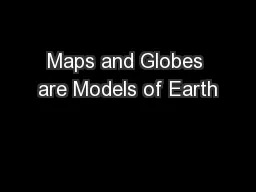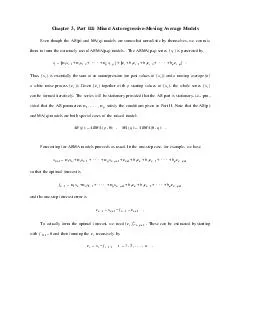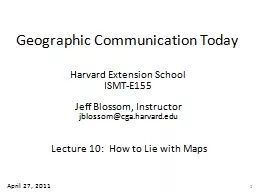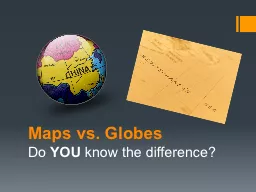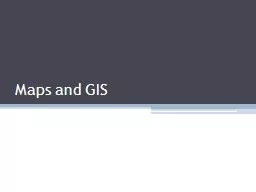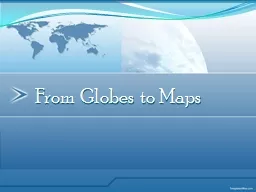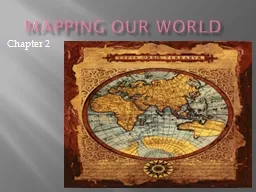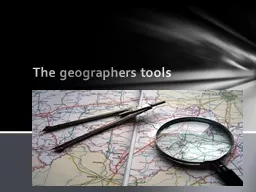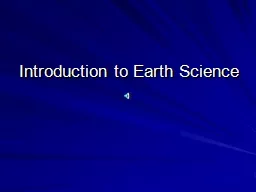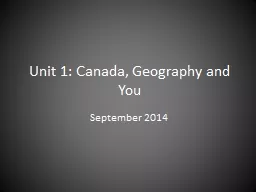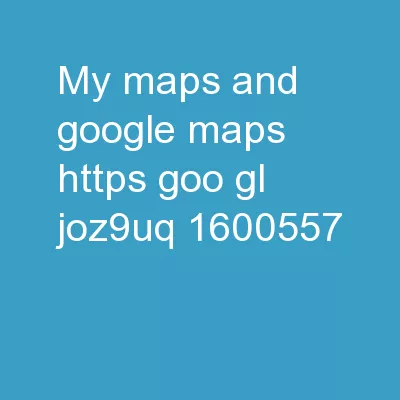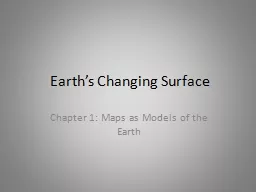PPT-Maps and Globes are Models of Earth
Author : tatyana-admore | Published Date : 2017-04-28
Section 12 Maps and Globes A map is a flat model of the surface of the Earth It is the Birds eye view of an area Show natural AND humanmade features A globe represents
Presentation Embed Code
Download Presentation
Download Presentation The PPT/PDF document "Maps and Globes are Models of Earth" is the property of its rightful owner. Permission is granted to download and print the materials on this website for personal, non-commercial use only, and to display it on your personal computer provided you do not modify the materials and that you retain all copyright notices contained in the materials. By downloading content from our website, you accept the terms of this agreement.
Maps and Globes are Models of Earth: Transcript
Download Rules Of Document
"Maps and Globes are Models of Earth"The content belongs to its owner. You may download and print it for personal use, without modification, and keep all copyright notices. By downloading, you agree to these terms.
Related Documents

